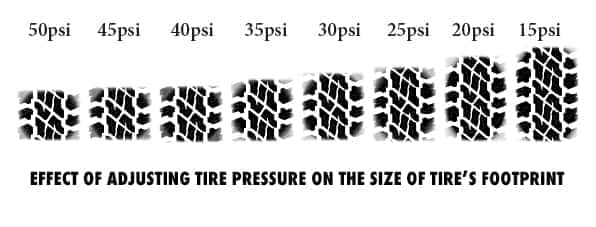Experienced Beach Towing Service

Beach Information
Pacific City (North/Central Coast)
One of the most popular places to drive on the Oregon Coast is Pacific City. There are areas where vehicles are allowed, the most common entrance being Hungry Harbor Road, right off of Cape Kiwanda Dr., Beach Access is also available to vehicles at Tierra Del Mar, McPhillips Beach, and Sand Lake Recreation Area.

Tierra Del Mar (North/Central Coast)
At Tierra Del Mar, driving access is available year-round! The first vehicle access point is in Tierra Del Mar, while a second access area McPhillips beach is about a mile north of Cape Kiwanda. Tierra Del Mar has long stretch of beach that cars are allowed on.

Sand Lake Recreation Area
A few miles North of Pacific City and Cape Kiwanda is the Sand Lake Recreation Area. It covers 1,076 acres of open sand dunes, surrounded by forests and the Pacific Ocean. The Sand Lake Recreation Area is popular with OHV riders but offers a variety of recreational opportunities.

While driving on the beach Make sure to keep an eye out for signs indicating where driving is not permitted.
Please Respect the signs and only drive where you are allowed.
Tips For Driving on the Beach
-
All-Wheel Drive
Please only drive on the beach if you have an All-Wheel Drive or 4-Wheel Drive vehicle. Too many people get stuck in the sand, which makes your beach-going experience much less enjoyable. If you have a 4WD vehicle, make sure you only have 4WD activated while driving on the sand, and remember to deactivate it before you hit the pavement again. (Sounds silly, but you’d be surprised how many people forget 4WD is engaged.)
-
Know the tide
Make sure to check the tide before you hit the beach. The sandy beach area can diminish quickly once the tide starts to come in, and you don’t want to get stuck trying to escape the water. If the tide is high, it’s probably best to avoid driving on the beach altogether.
-
Reduce tire pressure
It’s good practice to reduce your tire pressure before you hit the sand, especially if the sand is rather deep. Reducing tire pressure causes your tires to not sink in quite so deep, allowing you to keep your vehicle on the surface of the sand. Lighter tires have a wider footprint, which helps you navigate the beach much easier. This helps to reduce the risk of getting stuck. Tire pressure depends on what vehicle your driving as well as the tires equipped, but dropping to 10-20 psi should be helpful in your Oregon Coast excursion.

-
Don’t “gun it”
It might feel natural to put the pedal to the metal once your tires hit the sand. But driving slowly on the sand will be to your advantage. The easiest way to navigate the beach is to follow the tracks of cars that came before you. Staying on this more compact sand can help to ensure you don’t get stuck. And once you start driving, don’t stop until you get to your destination. But do keep an eye out for children building sand castles and their sunhat-wearing grandmas shouting “Cody, watch out for that Subaru!” If by chance your wheels start to spin out, do not hit the gas harder to try to fix the issue. You’ll likely dig yourself deeper in the sand. In that case you will probably need a reliable beach towing company such as Menefee Towing to help pull you out, Don’t worry we will be there quickly and soon have you back enjoying your day at the beach!
-
Bring a shovel
If your luck runs out and you do get stuck, it’s nice to have a shovel in the back of your car to help you out. Digging out some space in front of your tires can be beneficial. Once you dig some of the sand out, compact some sand down into a flat “ramp” in front of the tire to help your wheels gain some traction to get out.
-
Clean up
We cannot stress this tip enough. If you head to the beach, please be sure to clean up your mess before you leave. That is all.
Have more questions about driving on the Oregon Coast? Feel free to contact us!


